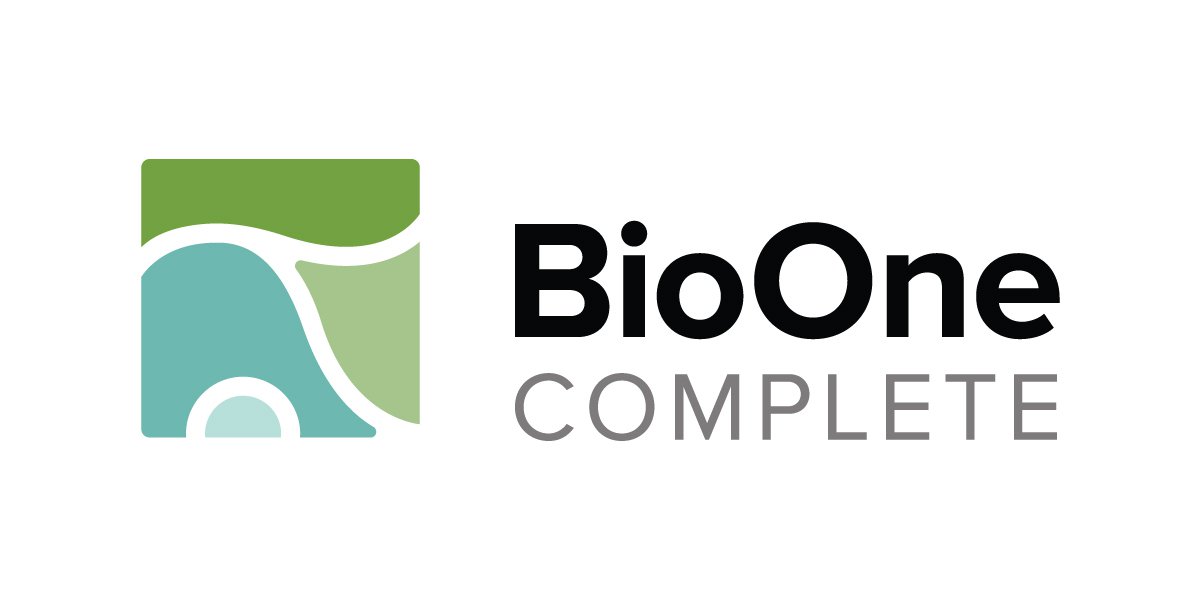I had this thought as well. My immediate knee-jerk reaction when I heard the news was that this sounds like a desperate attempt to remain relevant.... here on the heels of Clements making some high-visibility taxonomic breaks with AOS.
What gives me pause are the statements from the ABA and eBird seemingly welcoming the changes, and by extension I think WGAC embracing "local names...."
However, I'm still overall inclined towards thinking this is still a sign of the decline in the AOS and these past 18 pages of forum talk will amount to little. If I may play Nostradumba$$ for a bit, I'll explain:
- Let's say that this effort is "successful" despite the baked-in difficulties of contention, public input, connection to a particular zeitgeist, and oh I almost forgot - large scale checklist changes. I'll let this be its own bullet.
- We are not necessarily or even actually left with replacement names, but instead "new" names. As others have pointed out, there is a significant difference from previous name change efforts, due to association with political identity, the scale of change, the contemporary march toward so-called standardization like never before, and whatnot. I think more than ever, this provides an incentive for people to want to "choose" their own names as a statement of political identity (or other reasons that they feel valid). People are already indicating this here and elsewhere. And frankly, it has happened forever - people still refuse to use "Bearded Reedling" or "Eurasian Wren." I wouldn't call them birders or ornithologists, but there are people who refuse to call a Turkey Vulture anything other than a (lowercase, of course) "buzzard." (note the period inside the quotation mark because they are all American people

)
- I've often felt like a Cassandra on this topic until the past year or two, but birds, just like everything (biological or not), have multiple common English names. This is not anyone's opinion, this is a stone cold fact of etymology which could conclusively be argued in a high school term paper. The WGAC has been the first to poke its head up and acknowledge this fact, stating that the multiple common names will be considered valid and interchangeable in their system, based on (local or situational) propriety. This is more broadly an acknowledgement of the common sense that no English name will please everyone, and language speakers will react accordingly - as they have since language began.
- While I like the idea of standardized common names, especially for their value in citizen science and bridging the gap for "normal" people to appreciate science... this may be the beginning of the end of the idea for a truly uniform set of English common names. If the patronym effort is not enough to convince people that common names are not as important as we pretended, I'm not sure what it would take. If people utilize North American bird names as a tool for political identity (think of the throngs of new "birders" taking a stand on the Democrat and Republican bird names! Now THAT is inclusive!), then scientific journals will not want to touch these names for how distracting they would be. Maybe field guide authors will feel the same. We will join most of the other biological disciplines in utilizing scientific names as the primary communication method, leaving the "common" names for "common" purposes. I think WGAC, etc. will still have a role - taxonomically of course, but there will be some value in trying to police a single common name being used for two different taxa. You can draw your own conclusions if you like, but if this effort is successful, I believe this could be the death knell for common English names in ornithology (and for these delightful debates on common names!)








